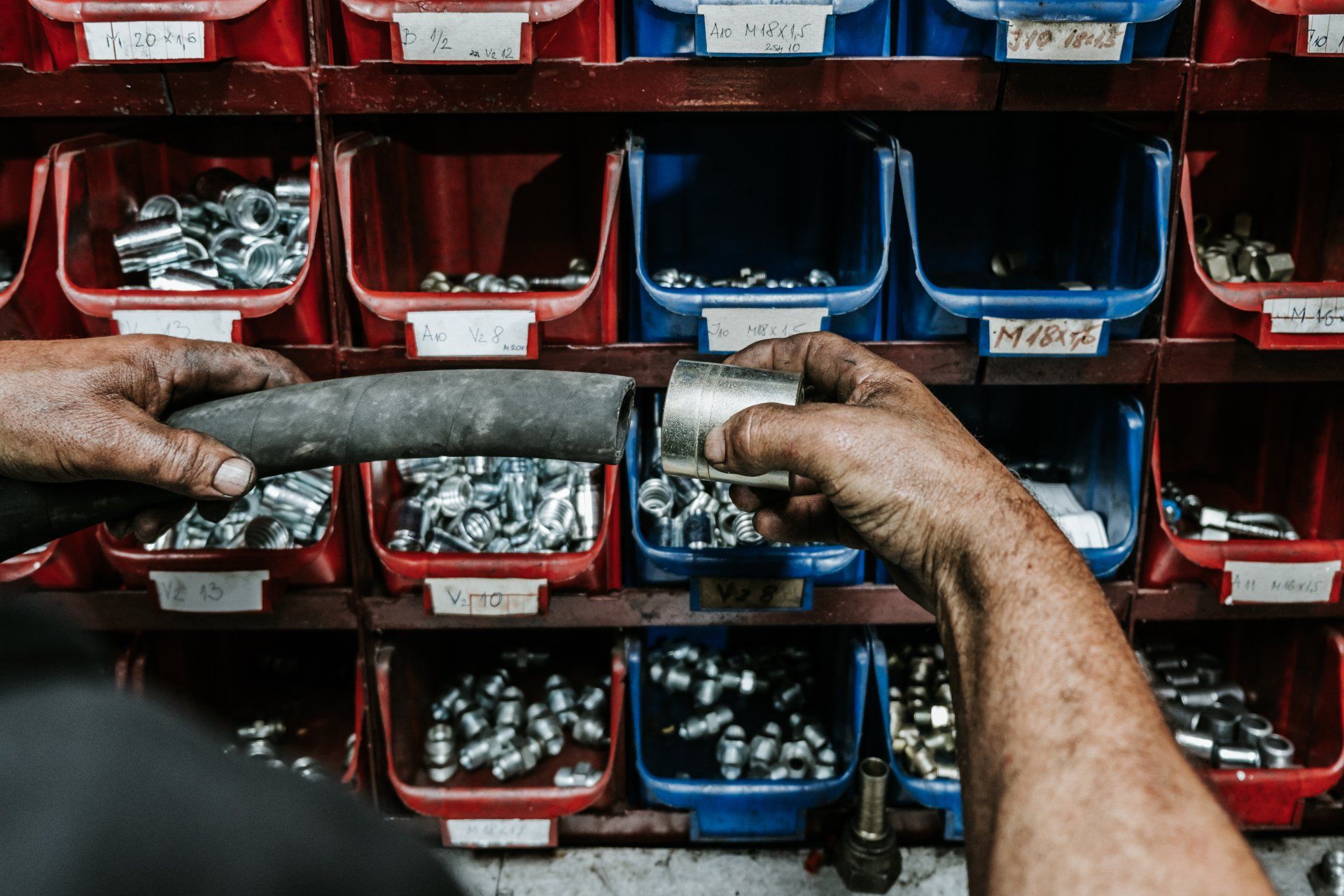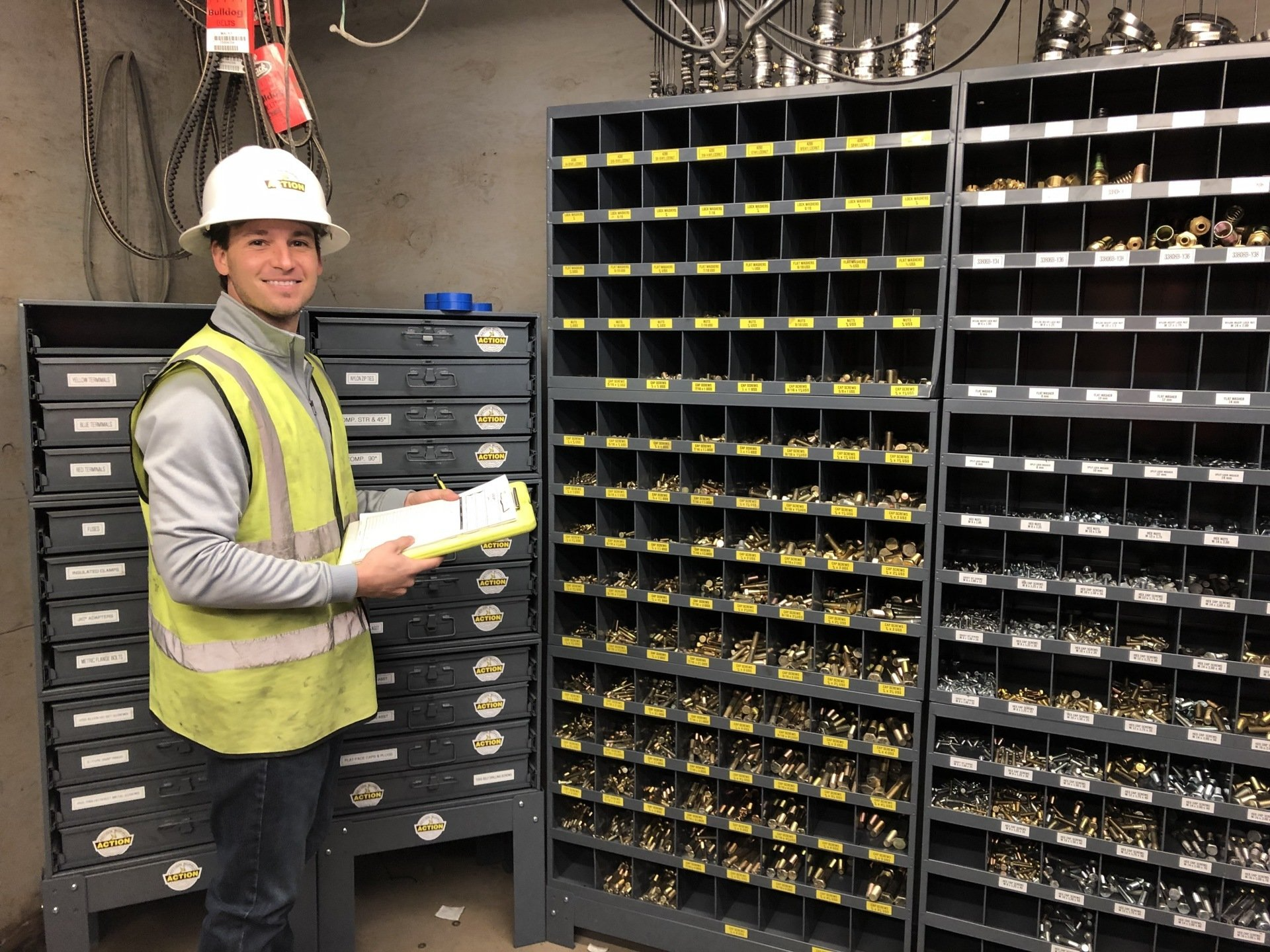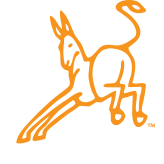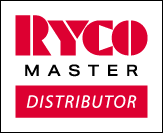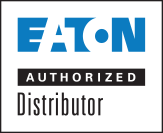The Importance of Fall Protection Equipment in Construction
Safety Measures for All
Who do safety measures benefit? Everyone! Not only does fall protection guard your team members from bodily harm - it also protects you, their employer, from legal and financial recourse.
The Occupational Safety & Health Administration, or OSHA, has created comprehensive regulations to protect employees on the job site. Flagrant disregard for or repeated failure to meet OSHA regulations can result in a
range of penalties. The most common punishment for OSHA violations is hefty fines, which typically depend on the severity of the violation, and whether it’s your first offense. In the worst-case scenario—that is, a serious injury or even death of an employee—the employer responsible for the OSHA violation can be fined and even imprisoned.
Categorizing Fall Prevention
OSHA guidelines for construction job sites organize fall protection measures into
four main categories: fall arrest, positioning, retrieval, and suspension.
Fall Arrest
Any time there is a fall hazard present on a worksite, a fall arrest system has to be in place to protect the worker. OSHA defines a ‘fall hazard’ as any drop of six or more feet from a walking or working surface to the surface below. Common examples of job site fall hazards include elevated scaffolding and rooftop work. To combat the dangers of a fall hazard, a worker should be outfitted with fall arrest equipment, such as a full-body harness.
A typical body harness should support up to 310 lbs. of combined tool and body weight. The harness is used in conjunction with a securely installed anchor point and a lanyard joining the two. In the event of a fall, the arrest system will prevent the worker from hitting the surface below. A good arrest system can dramatically reduce the risk of falls and impact-related workplace injuries.
Positioning
As the name suggests, positioning is all about how the worker positions their body while working. To meet OSHA standards, an employee working in a fall hazard situation should be equipped with a harness system that positions them safely and comfortably, leaving both hands free to work. Positioning systems must be used together with fall arrest systems, as they aren’t designed to prevent falls on their own.
Retrieval
What happens after a fall? If it does happen to a worker, there should be a plan in place to recover them. OSHA guidelines don’t specify how to do this - only that all job sites are required to have a rescue plan for workers caught in the fall arrest system.
Suspension
If your employees are working at great heights, suspension equipment should be provided to help them move around hands-free. A perfect example of this is the suspended scaffolding used in commercial window washing. Again, suspension should be used in conjunction with fall arrest systems.
No matter what kind of job you’re doing, safety should be first and foremost in your mind. Protect yourself, your employees, and your business with fall protection.
